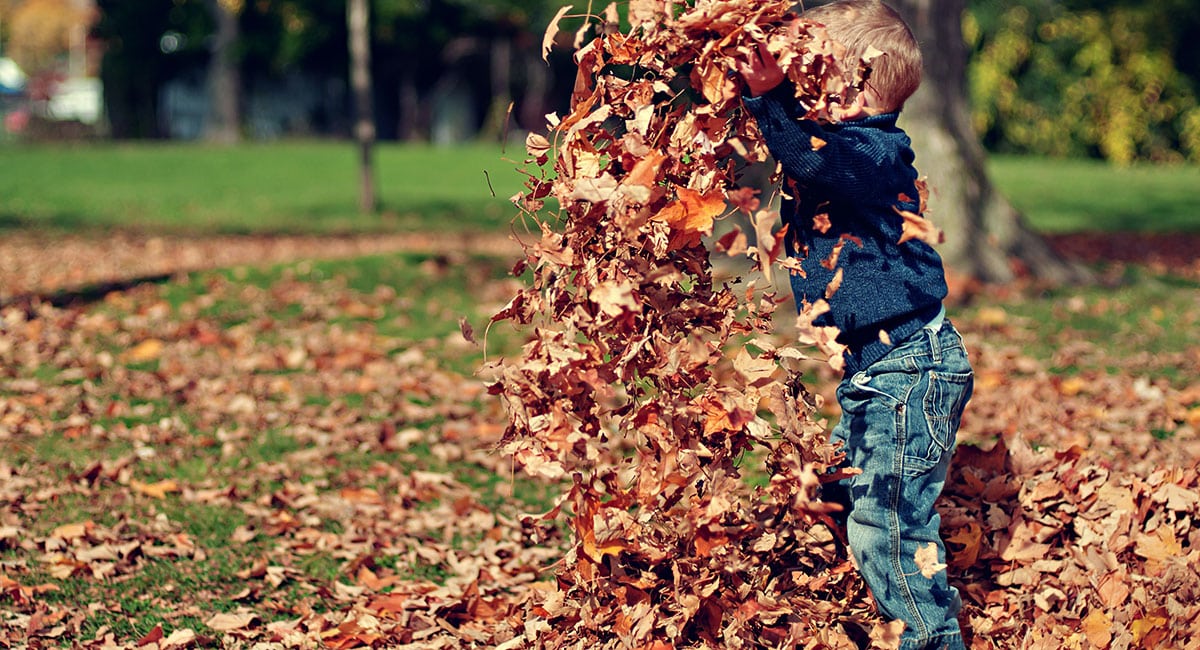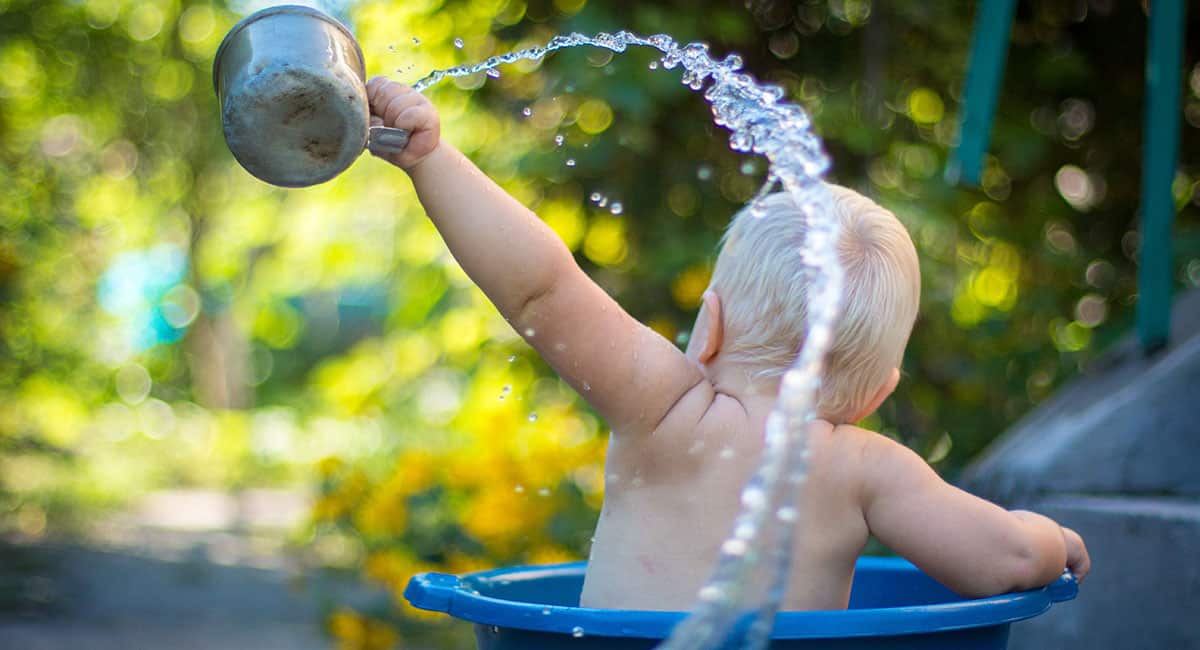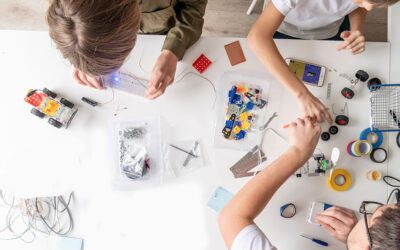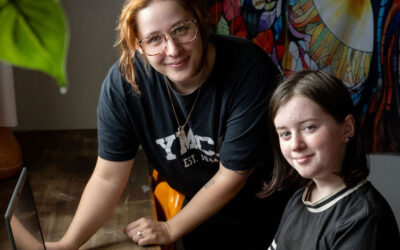Mess. It’s something that most adults detest! Yet for a child, messy play is an opportunity to experience and learn.
The combination of elements in messy play ignites a child’s senses — sight, taste, touch, sound, smell. Internal senses such as balance, movement and position also come into play. It provides the opportunity to explore in a fun, unstructured and safe way.
“Exploring and experimenting through play is paramount for a child’s development,” says Emeliah Kolinac, Innovations Manager at Sanctuary Early Learning Adventure.
“Messy play is enjoyable and engaging, it supports the development of their senses, which is critical for learning. The freedom of this style of play builds creativity and experimentation. Having the space to make mess and push boundaries also helps kids build a sense of self.”

Understanding messy play
Messy Play is exactly what the name says! It’s free play with a whole range of textures and sensory experiences.
“These play activities differ from other types of play as the emphasis on the senses amplifies the activity,” Ms Kolinac says.
What’s great about messy play is that it isn’t complicated or expensive. You can weave it into a child’s everyday activities.
Incorporate it into bath time—using plastic cups or pots to pour and splash water.
Mealtimes are a wonderful opportunity for messy play. Allow your child to taste and explore the textures of different foods. Mashed potato, cereals, baked beans, bananas all provide wonderful sensory opportunities.
Edible play dough, jelly, slime, finger painting, all stimulate a child’s senses. Shaving foam mixed with paint is a gloriously messy and fun sensory activity.
There are endless messy play options outside too. Find some puddles to jump in, sticks to collect, sand to build in and pour.
A bucket or large tray with some soil and water and old kitchen spoons to dig with can be great opportunity for muddy play.
“Messy play seems chaotic, however a high level of concentration is required,” Ms Kolinac says.
“As the child ponders each new discovery, they are concentrating on each sensation and working through their feelings. These are developing assessment and valuation skills.”
Of course, always supervise babies and toddlers closely.
“As part of our Sanctuary philosophy our educators endeavour to foster each child’s critical thinking, encourage intellectual curiosity and provide opportunities for risk-taking within a very safe environment,” Ms Kolinac says.
“Remember, with babies and toddlers, whatever you have will end up in their mouths! At Sanctuary, we ensure that everything we use in sensory and messy play is safe for babies.

Mess is important in early learning
There are countless benefits to messy play in early learning. Ms Kolinac says as children squeeze slime, mould play dough, pour sand, their fine motor skills and hand-eye coordination are rapidly developing. These things also help to develop a child’s spatial awareness and body control.
“Messy play supports scientific thinking, which involves enquiry, experimentation, hypothesising, researching and investigating,” she says. “It also helps with problem solving, as they see a self-directed task through from start to finish.”
Messy play sparks creativity, using their imagination to create shapes and patterns. It also develops language skills, with words such as ‘crunchy’, ‘lumpy’, ‘squishy’, ‘gooey’ all entering conversations.
“Adults can support this language development by talking with a child about what the item feels like or smells like,” Ms Kolinac says. “Compare it to other items they already know of, ‘soft like a banana’, ‘slimy like mud’.
“When set up in an early learning environment, educators can scaffold that messy play experience into further learning opportunities. Counting sticks, mixing colours, expanding vocabulary. We can then also bring it back to the group to share what we have discovered.”
It’s great for social skills too
Messy play is a very social activity, so it’s a wonderful opportunity for developing social skills.
“Messy play provides the invaluable opportunity for children to play alongside each other,” Ms Kolinac says.
“Friendships are often formed in the sandpit and the messy play area. It’s where children learn to cooperate and share, to trust and explore together. With the right guidance from the educators, children learn critical lifelong communication and social skills in a fun space.”
She says that because there is no right or wrong way to play, it is also an inclusive experience. This makes it particularly beneficial for those children with special needs, or who prefer a practical style of learning.
“Rather than being chaotic, messy play can be a very calming experience and great for kids who can become agitated,” Ms Kolinac says.
She says children become so absorbed in the activity. Using items such as scented play dough and the calming sounds of bubbles and water can help calm a child and promote mindfulness.
Starting with messy play at home
“It’s easy! Simply pick an activity and give your child the go-ahead to get messy by rolling up your sleeves and getting involved yourself!” Emiliah Kolinac says.
“Feel free to visit Sanctuary to see how we use messy play in an early learning environment.
“Remember, you can clean everything! Just as we value messy play at Sanctuary, we hope that you foster this in your home. Mess is inevitable, but what looks like a mess is an invaluable learning experience for your child. The benefits hugely outweighing the tidy up!”
You might also like…


